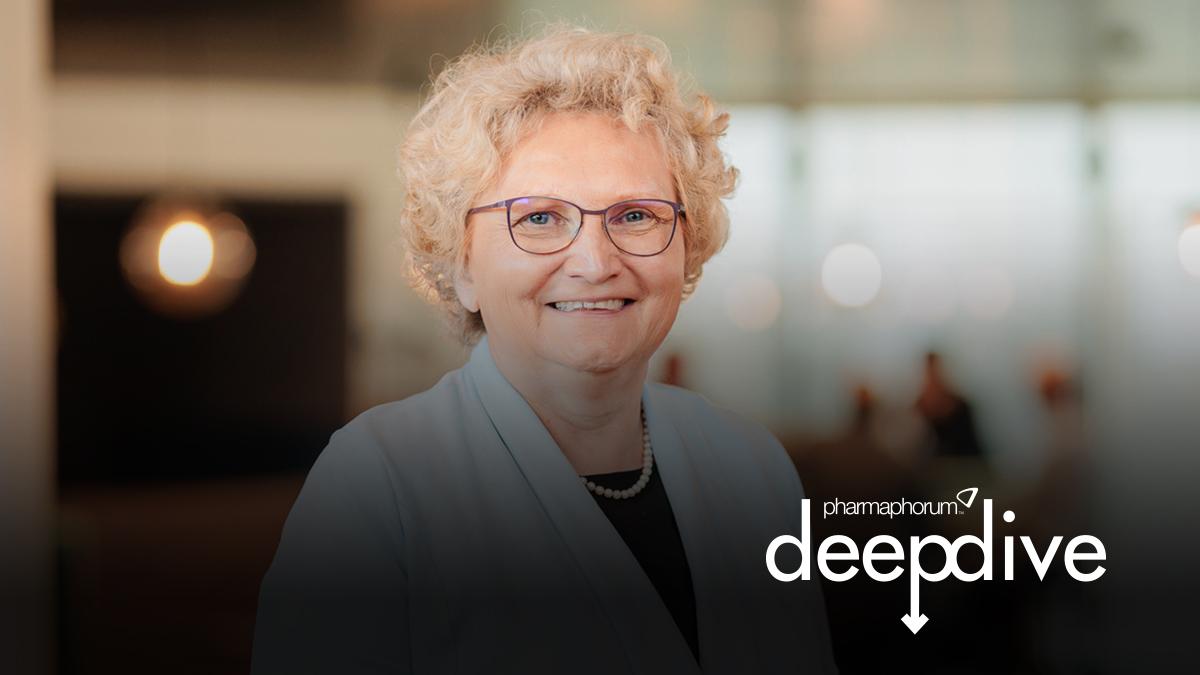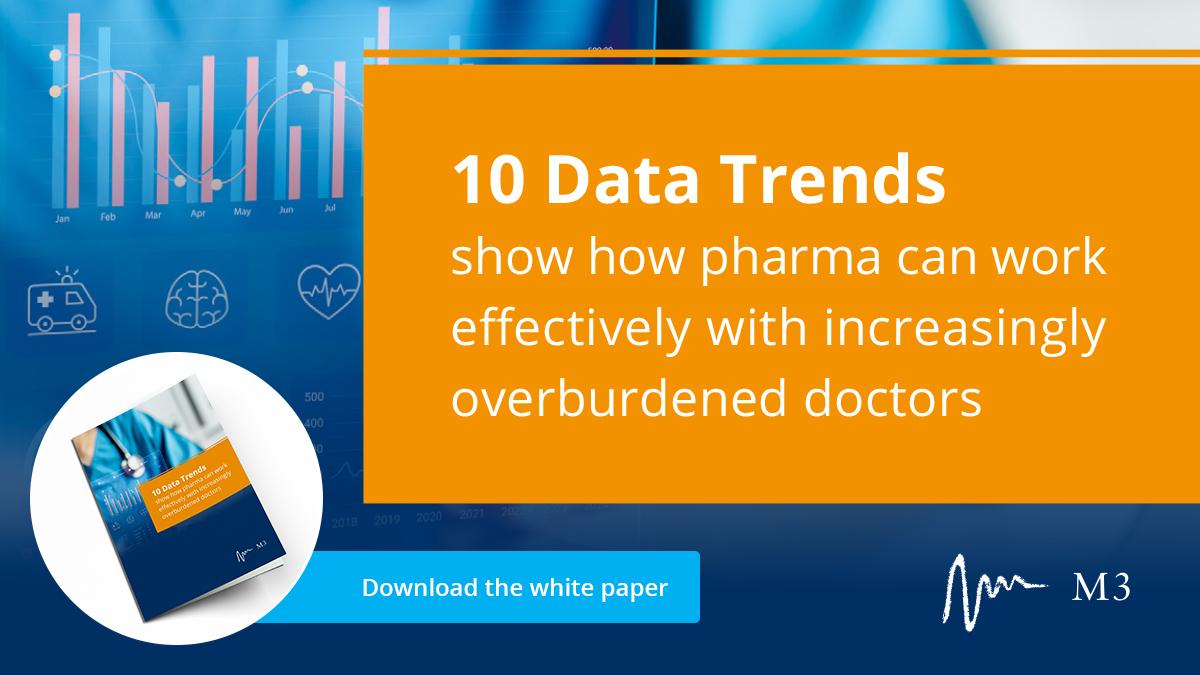Spotlight on: Secondary prevention of recurrent atherothrombotic events among high-risk patients

Newsletters and Deep Dive digital magazine


A high-tech device that can monitor medication use and compliance has been cleared by the FDA for use with AstraZeneca’s Airsupra and Breztri inhalers.


Explore “Innovation as Strategy” framework, providing a guide for employing innovative strategies in life sciences.

Over the last five years, a confluence of trends have combined to reshape the reality of clinical research. COVID-19 pushed decentralised trials into the mainstream.

It will come as no surprise to anyone in the healthcare space that doctors today are under an inordinate amount of pressure.

We are living in an era of unprecedented advances in cancer treatments with transformative therapies being regularly approved.

2024 is a pivotal year for the US healthcare sector.

The Industry’s Only Definitive Forum for Preclinical Heart Failure Drug Development
Get in-depth news, opinions and features on pharma and healthcare sent straight to your inbox